Battle between Christian and Turkish cavalry with castle
The painting depicts a bloody battle between Christian and Turkish cavalry. Characterized by dynamism, intensity of color and light, the main scene occupies the lower horizontal section of the canvas, optically interrupted by the black fumes of the shots from which emerge, on the left, the towers of a fortress. On the right, in the distance you can see the combat in progress in the countryside, beyond which you can see the pale presence of hills that create a fifth, marking the horizon. To frame the scene contributes to the left, against light and in the foreground, a portion of the wall. The painter, however, introduces a horse on the ground, of which we see only the back, a ruse to involve the observer making him become active and participate in the scene. In the foreground, lifeless bodies, wounded horses and, scattered on the ground, weapons and a drum enhance the drama of the clash.
The excitement and expressive force, the intense chromatic range attentive to the conditions of light and the fine brushstrokes, decisive and dramatic, suggests the attribution to Antonio Calza, one of the most important painters of battles of the seventeenth century, excellent student and continuator of the greatest interpreter of the genre, Jacques Courtois called il Borgognone (Saint-Hyppolite 1621 - Rome 1676). Il Borgognone, although not having had a real school or direct students, places itself as a primary reference point by the Italian and foreign "battaglisti".
The genre of battle painting found great success in the collections of the Italian and European nobility of the seventeenth and eighteenth centuries. The battles of the Italian Renaissance, in which the scene converged towards a precise protagonist, evolve towards a type of combat "without hero". The bloody realism of the details and the dynamic development of the narrative confuse the figure of the protagonist, when present, to give importance to the swirl of horses and armed fighters, among which, moreover, does not emerge a winner.
The certain documents relating to the life and movements of Antonio Calza are scarce; it was equally difficult to reconstruct, from the critics, a catalogue of autograph works. Through paintings in private collections, in museums and paintings passed on the antiques market it has been possible to identify a copious corpus of works that can be traced back to his hand. The work of art historians, together with that of antique dealers, in conferring proper attributions in order to best outline the figure of Calza, continues but studies are still in progress. In this sense, the work of Giancarlo Sestieri should certainly be noted, who investigated the artistic production of the battaglisti and Calza, thus allowing the comparison of the numerous photographic works reported, to identify and recognize the stylistic qualities that distinguish the corpus of paintings assigned to him today.
Antonio Calza was born in 1653 in Italy, in Verona and in 1664 he entered the school of Carlo Cignani in Bologna, dedicating himself to painting battles and landscapes. He then perfected in Rome, where he knew the works of the then undisputed head of the sector, Jacques Courtois called the Burgundian. In 1675 he returned to Verona and married an 88-year-old widow who, dying, left him a rich inheritance. Much appreciated by the nobility and the bourgeoisie, he received numerous commissions. Bartolomeo Dal Pozzo (Le Vite de' pittori, de gli scultori et architetti veronesi, 1718) praises "three great paintings of battles and villages" in the Allegri house and, at "Rizzardi sul Corso", four great landscapes, all gone missing. After an involuntary murder, Calza took refuge in Bologna, where he embarked on a flattering career.
Among the works that gave him greater fame there are some lost portraits. Here he remarried, but he soon became a widower again. In 1706 he was in Venice, where in 1708 he married his third wife, Angiola Agnese Pakman, a Flemish painter of flowers, fruit and animals, who became his collaborator. After 1710 he appears in Milan, where he paints, assisted by two students, for the Austrian general Martini, "a picture of immense magnitude", depicting the Battle of Turin. Called in 1714 by Prince Eugene of Savoy in Vienna, he painted for him a Capture of Belgrade, "a portrait of that Prince on horseback with a battle in the background" (Dal Pozzo), and yet another, even equestrian, of the emperor with a hunting scene. Even of these works there is no trace. He died in Verona, where he can return following the absolution of his faults, April 18, 1725. Through the continuous increase of his catalogue, this master has regained a position of prestige in the pictorial panorama of the battle genre.
Calza immediately, while assimilating the lesson of Borgognone, develops a personal style, based mainly on its unmistakable lively and bright chromaticism, characterized by red and blue ringing, and on casual figurative freedom. Its material drafting is quick and immediate, often with subsequent finishing.
The work under examination presents the peculiar stylistic characteristics of Calza’s painting. The canvas also finds several possible comparisons with works belonging to his corpus, in which it is possible to identify recurring figures and details also present in the canvas in question. Among these undoubtedly significant are the frequent towers that contribute to set the composition and that, together with clouds and black fumes, create a sort of fifth, a stage presence, around the space of conflict. Similarly, the exam fallen that the painter depicts in his confrontations in the foreground are comparable to the subject present in the canvas in question. The bodies are positioned facing forward, the unarmed arms drop their weapons and a turban rolls beside the body. A detail is often present in Calza: a drum, placed in the foreground, overturned and abandoned. The vast number of works in which this is described, as a signature of the painter, and the stylistic surroundings already analysed, convince the attribution of the work to Antonio Calza.
We apologize for any errors in translation from Italian.
Click on the word expertise to read the study in Italian. EXPERTISE


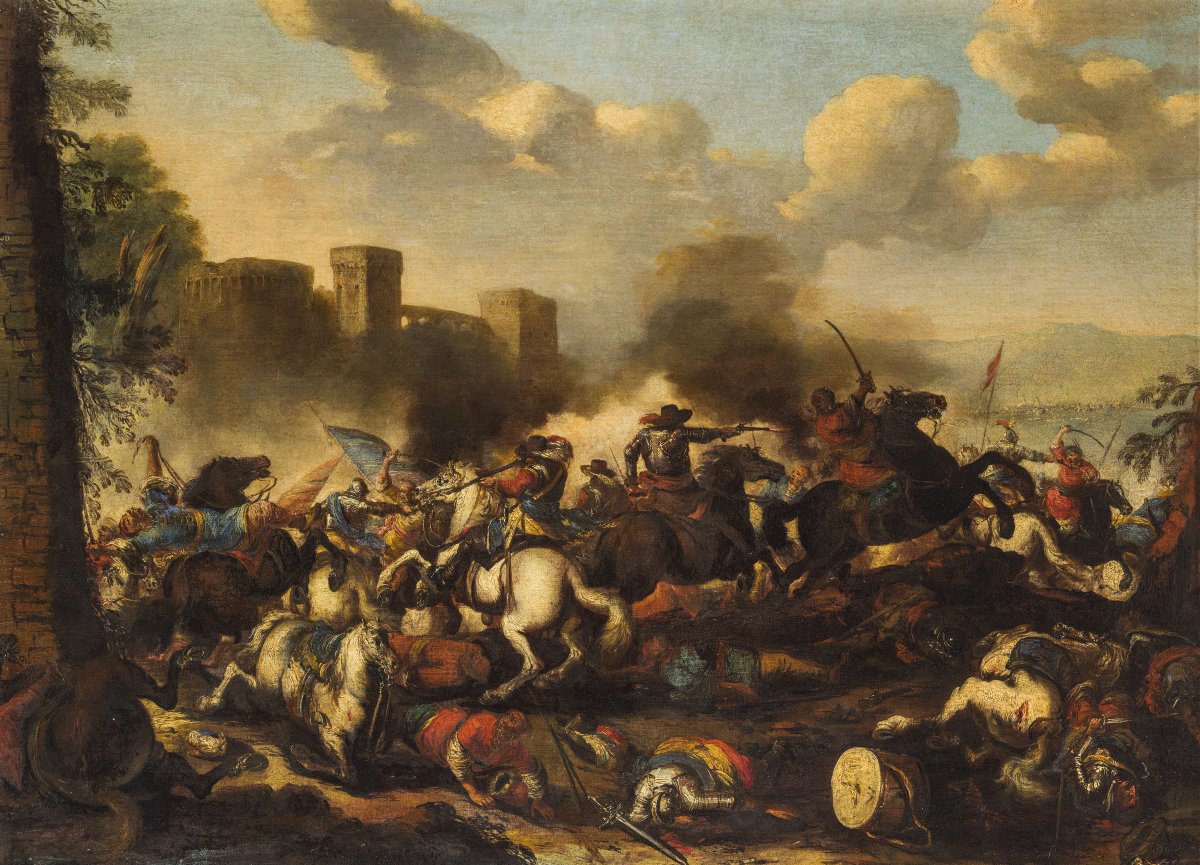
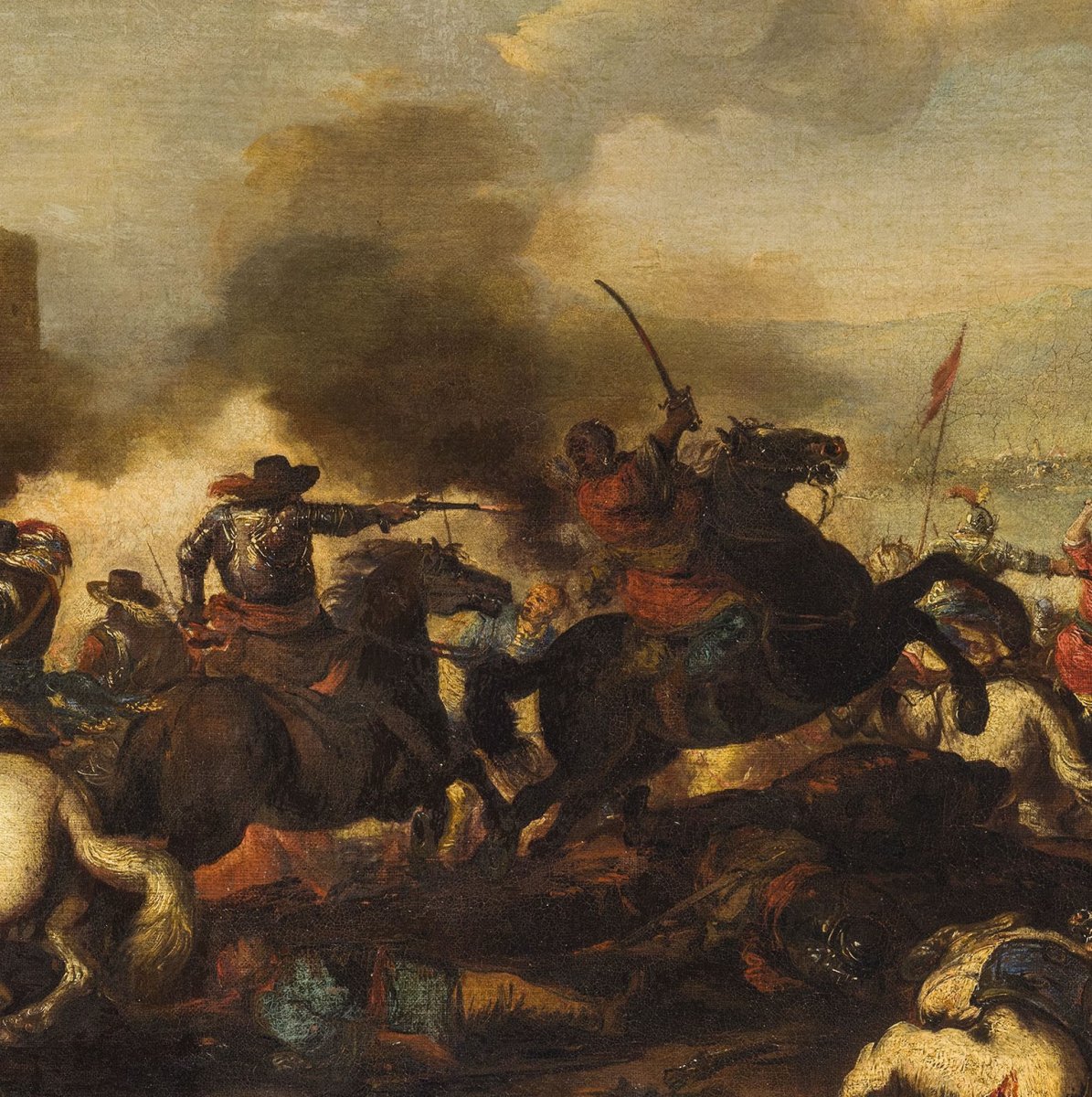
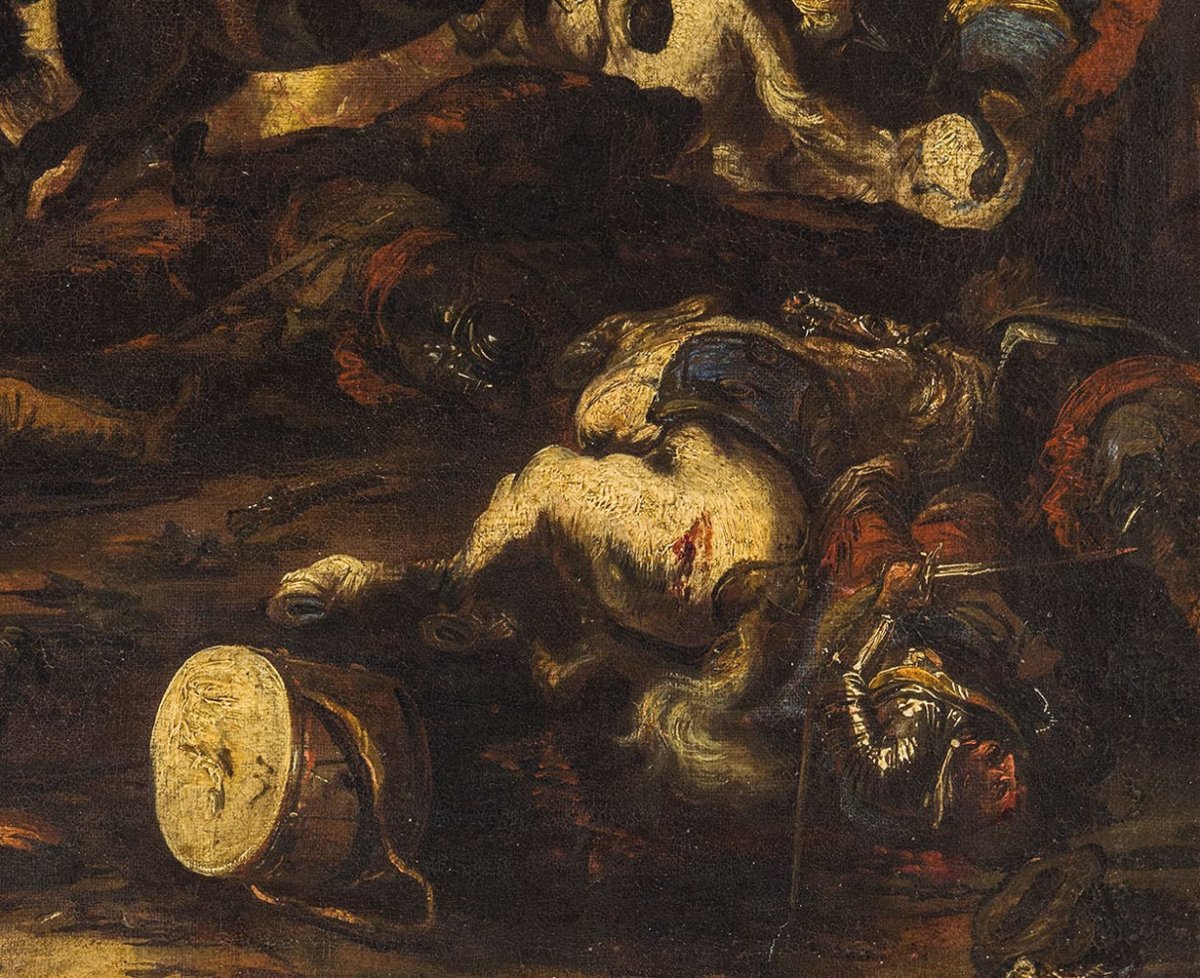
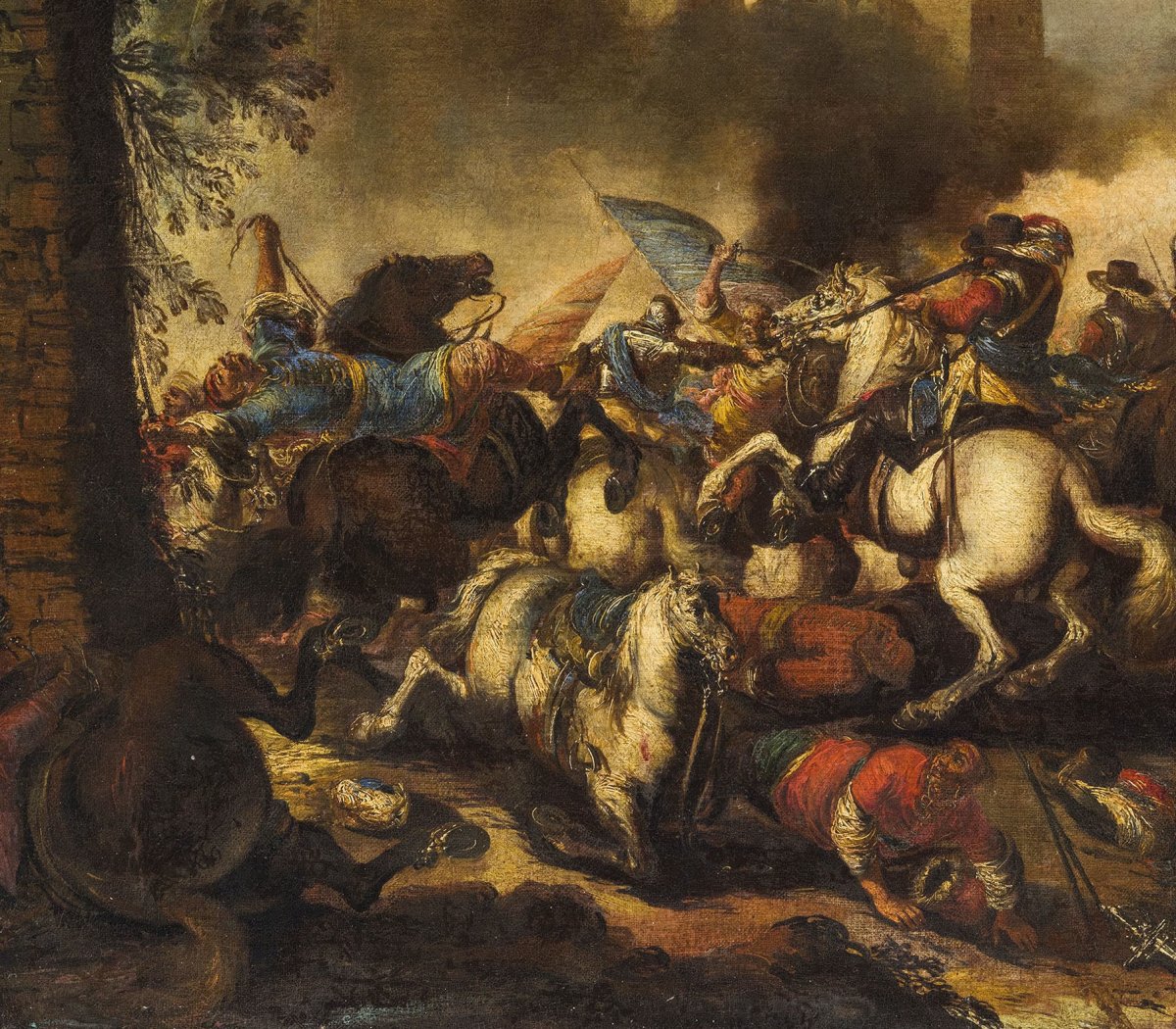
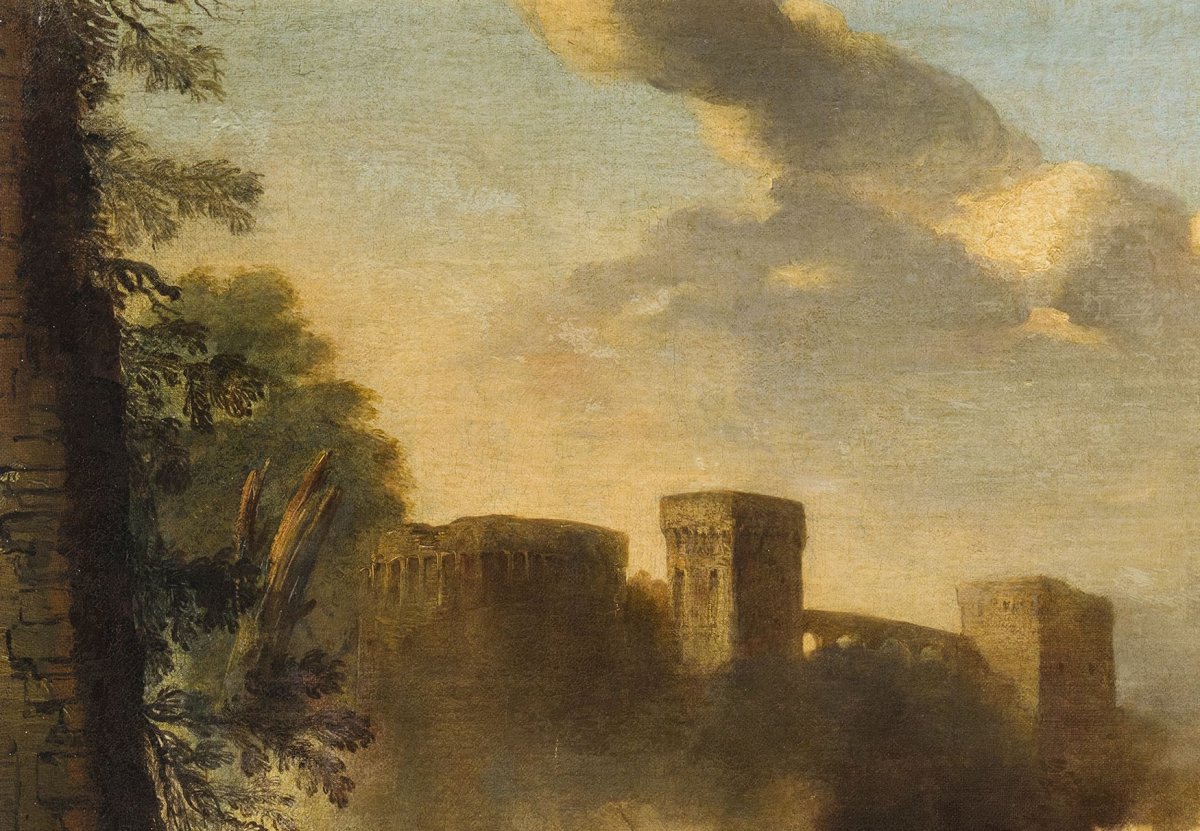
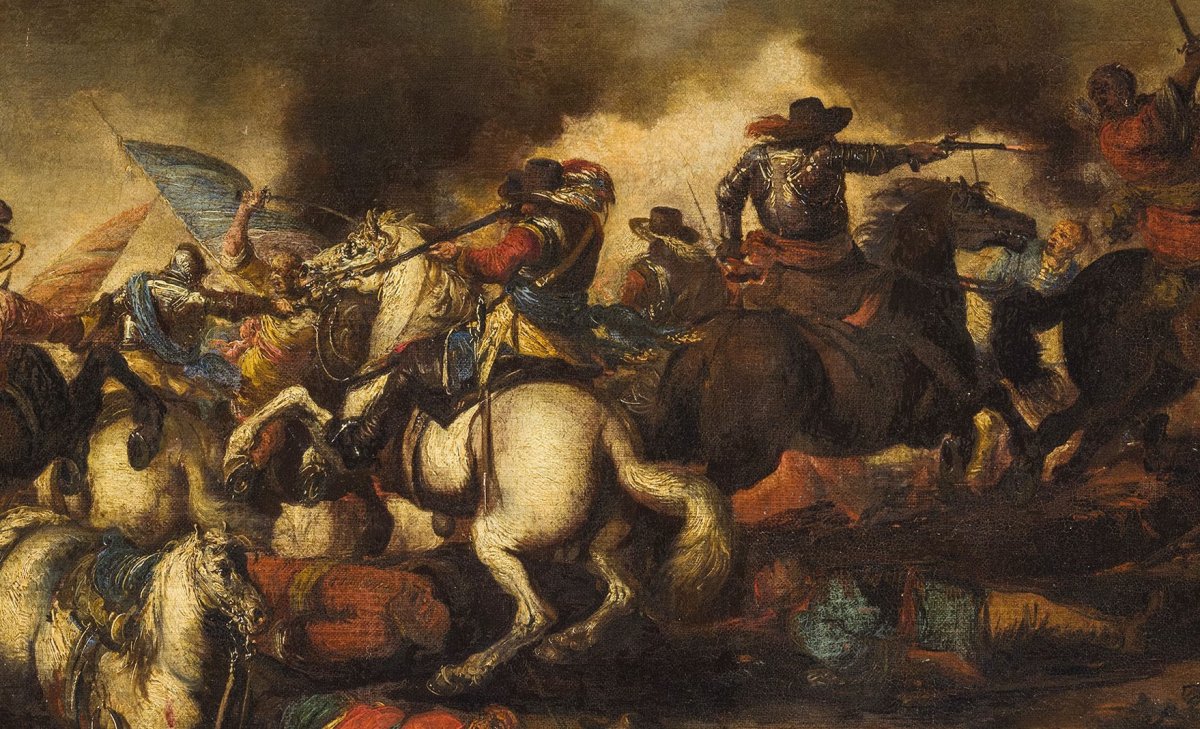







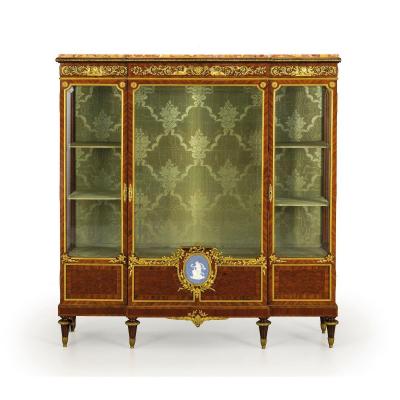
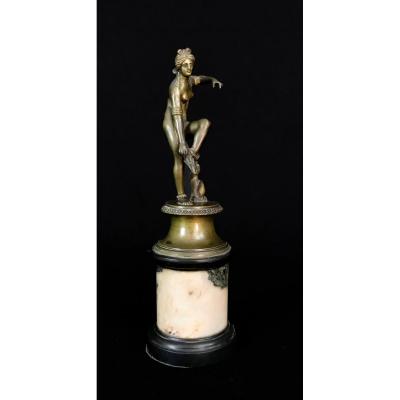


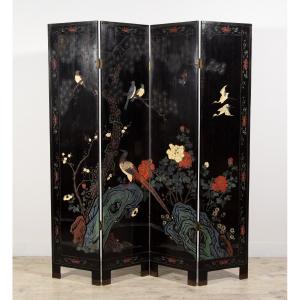
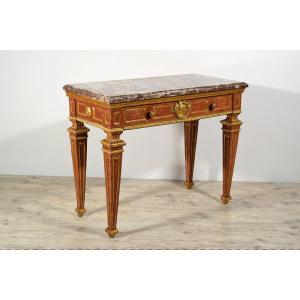


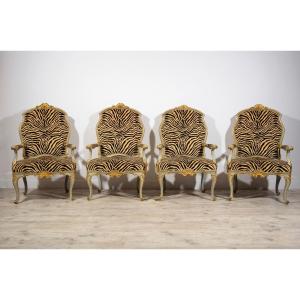







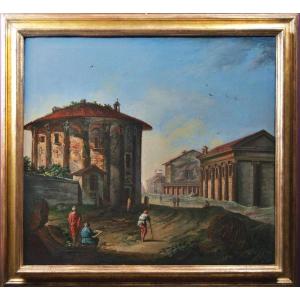
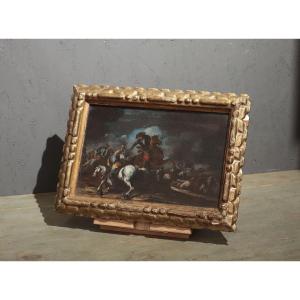





 Le Magazine de PROANTIC
Le Magazine de PROANTIC TRÉSORS Magazine
TRÉSORS Magazine Rivista Artiquariato
Rivista Artiquariato